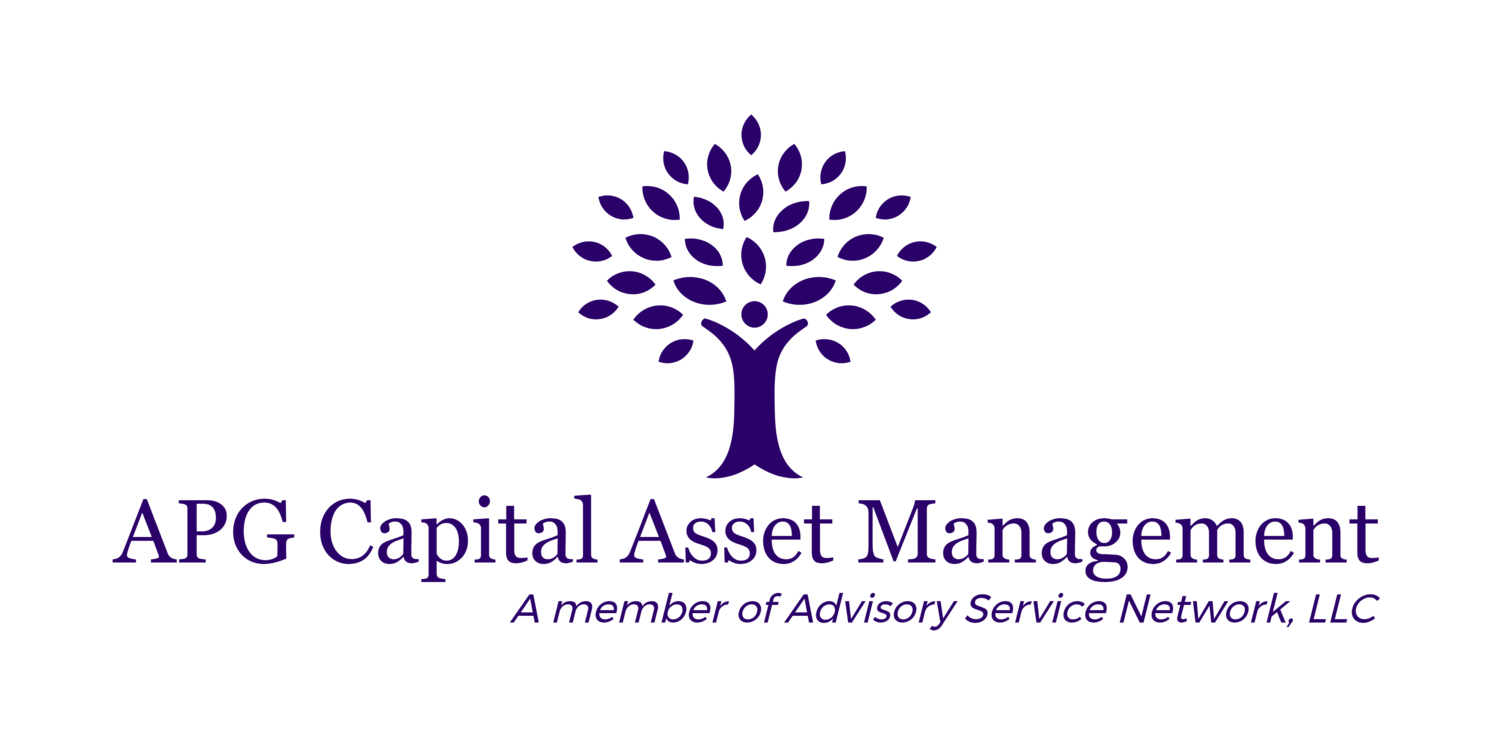Well, we made it! The calendar clicked over to the New Year which is the traditional time to look back on your accomplishments of the past year and reevaluate areas that need help. Why do we need such an arbitrary date to make us take stock of things? It seems like we should be doing this all the time, but sometimes it takes a new year to wake us up and see the things that we need to work on. Maybe all the reasons to procrastinate are over (the holidays ARE such a busy time!) and everyone is talking about goals and resolutions for the new year.
If your finances are on the list of areas that you feel needs attention, you should consult with an Investment Advisory Representative that is associated with a Registered Investment Adviser. Investment Advisers registered with the SEC or a state securities regulator are fiduciaries and are subject to the duty of loyalty and due care with their clients. They must place the client’s best interests above their own and are typically compensated by asset management fees. While a host of professionals call themselves “financial advisors” including insurance agents/representatives and stock brokers, they do not operate under the fiduciary standards and are generally compensated on a transactional basis. It is important to find a Financial Advisor that has the knowledge and philosophy that matches you and your family’s needs.
As we start the New Year, here are some ideas that most of us should consider.
New Year’s Checklist
Check your 401-k contributions. The annual amounts have increased to $19,000 and, if you are 50 or older, to $24,000.
Are you earning interest on your cash? Most banks are still paying miniscule amounts of interest on savings accounts. With the Fed having raised interest rates 9 times (cue Ferris Bueller), you have better options like money-market accounts or CDs.
Review your IRAs to make sure beneficiaries are listed and accurate.
Review your will (you have one, right?) and ensure your beneficiaries and choice of executor are up-to-date.
And in the words of Ferris – “Life moves pretty fast. If you don’t stop and look around once in a while, you could miss it.
Hope you and your families have a healthy and prosperous 2019!
Adam
Advisory services offered through APG Capital Asset Management, a Member of Advisory Services Network, LLC.
Phone: 713-446-3233 Website: www.apgcap.com
All views/opinions expressed in this newsletter are solely those of the author and do not reflect the views/opinions held by Advisory Services Network, LLC. Indexes are unmanaged and do not incur management fees, costs, or expenses. It is not possible to invest directly in an index. The information and material contained herein is of a general nature and is intended for educational purposes only. This material does not constitute a recommendation or a solicitation or offer of the purchase or sale of securities. The future performance of an investment or strategy cannot be deduced from past performance. As with any investment or investment strategy, the outcome depends upon many factors including: investment objectives, income, net worth, tax bracket, risk tolerance, as well as economic and market factors. All economic and performance data is historical and not indicative of future results. All information contained herein is derived from sources deemed to be reliable but cannot be guaranteed.



